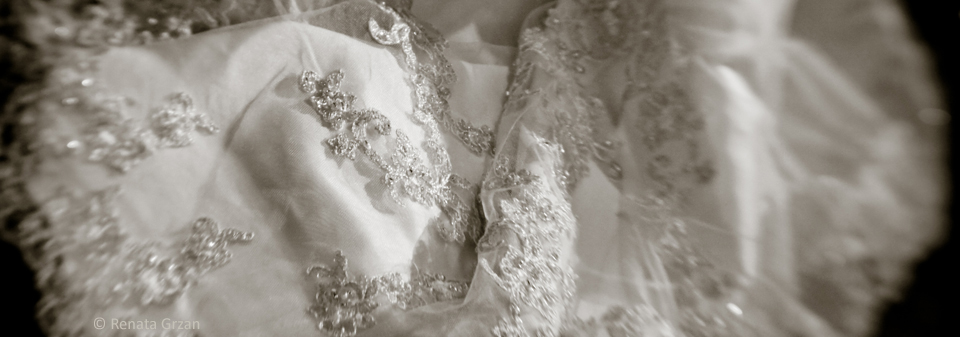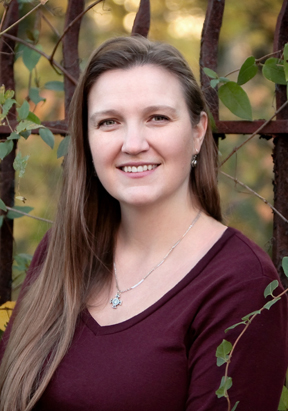
.jpg)
Caisson Platoon – The Old Guard
I recently was privileged to photograph a full military honors funeral and burial service at Arlington National Cemetery for Retired Army Lieutenant Colonel Francis X. Duffy. It was a mild winter day on January 22nd and Arlington was looking extra special with it’s Christmas wreaths still out.
A military funeral has some of the most beautiful ceremony you will ever see, fittingly, to honor those who have sacrificed much in service to their country. Full military honors includes a casket team with caisson, color guard, firing party, military bugler, military band, military chaplain, and an escort platoon.
One of the most iconic elements you’ll see at Arlington is the caisson (pictured above). It is a retrofitted cart that historically was used to pull cannons and carry ammunition into battle, and after unloading, would bring back the dead. Today the caisson bears the flag draped casket.
The caisson at Arlington is pulled or drawn by 3 pairs of horses, each pair or team has one rider on the left. The horses on the right have no riders* as they would traditionally be the ones actually pulling the weight of the caisson and carrying provisions while the horse and rider to it’s left would guide them. (*Not to be confused with the riderless, or caparisoned horse. See end note.) The seventh horse and fourth rider lead the 3 teams of horses pulling the caisson.
Below are some images and explanations that highlight the various solemn elements of a military funeral and burial at Arlington. (Some of the rituals used reflect military traditions from Europe, or even antiquity, whose actual origins and meanings are lost. This explains why there are many stories surrounding certain traditions like that of the riderless horse.)
While family and friends wait in the chapel for the funeral services to start, outside a quiet and dignified assembly of military stand by as the casket is brought into the Old Post Chapel.

.jpg)

.jpg)










After the relatively short service, (to accommodate many services) the procession begins with the marching units leading the caisson, followed by the mourners to the grave site.
















Honors rendered at the grave site included three rifle volleys by seven riflemen (some have attributed this as a tradition used in battle to let both sides know to stop fighting in order to collect the dead) and not to be confused with a 21-gun salute using cannons….




a bugler playing Taps as the final salute…


and a sublime formal folding of the flag.








The folded flag was then presented by the Officer in Charge to LTC Duffy’s wife while saying:
“On behalf of the President of the United States, The United States Army, and a grateful Nation, please accept this flag as a symbol of our appreciation for your loved one’s honorable and faithful service.”


A woman from the Arlington Ladies offers condolences. This is a volunteer group of women who attend funerals to make sure no service member is buried alone.


A lovely and tender personal touch added by the family was to have guests each lay a rose on the casket in a final farewell while a bagpiper played.




Shell casings, retrieved from the ground after the rifle volley, are given to the family at the conclusion of the burial as a memento that the service member received full honors.


*End Note
I asked a member of The Old Guard and a historian at Arlington to explain more about the meaning behind the “riderless horse”. They said there isn’t clear historical documentation of the origins behind this tradition and that many countries have a riderless horse as part of a military or state funeral procession. While there may be many plausible historical explanations for the practice, there is no definitive origin that reflects a specific meaning for its use in US military funerals. Generally speaking, though, they both said the caparisoned, or riderless horse, follows the caisson and has an empty saddle with boots facing backwards in the stirrups, (as if facing the troops one last time), and that it simply signified a fallen warrior that would ride no more. (Why specifically the boots face backwards appears to be a mystery. The historian I spoke with said there appear to be many stories or legends, but nothing definitive explaining it’s origin and meaning that is used by the military today. The Old Guard PR rep said that the boots were placed in the stirrups facing backwards in Civil War days after an officer was killed in battle. The horse was then slapped in the back to return to the rear to indicate the officer has died and to send out a new officer to the front lines.) The caparisoned horse today is reserved for an officer with a rank of Colonel or above, or for presidents, in virtue of them being the commander-in-chief of the armed forces. You can find some more information about Arlington’s ceremonial horses here.



I’ve been lucky enough to attend two family burials at Arlington, though they didn’t include full military honors like this. Still, the precision and attention of every soldier, not to mention the ceremonial flag folding and playing of Taps, is incredibly moving in its own right. Thanks for sharing these amazing photos!
May His face shine upon you and give you peace